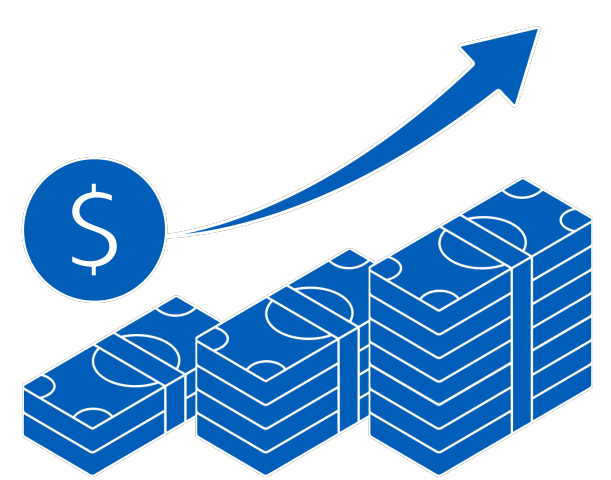Navigating US Tariffs: A Guide for Malaysian SMEs and Exporters
Exporting goods to the United States can be a significant opportunity for growth, especially for many Malaysian SMEs today. However, the global trade landscape is constantly evolving, and US tariffs can present a complex challenge. These taxes on imported goods can affect your pricing, profitability, and overall competitiveness. This guide will help you understand what tariffs are, how they might impact your business, and what practical steps you can take to navigate them effectively.
#1: What Are Tariffs and How Do They Affect Your Business?
In simple terms, a tariff is a tax imposed by a government on goods imported from another country. When your products arrive in the United States, a tariff adds a certain percentage to their cost. This increase directly impacts your business by making your goods more expensive for American buyers. This added cost can lead to several challenges:
- Reduce profit margins if you absorb the tariff to keep your prices competitive.
- Passing the cost of tariff to the customers makes your product less attractive compared to locally made goods or imports from other countries that are not subject to the tariffs.
Ultimately, tariffs can influence demand for your products and affect your bottom line, making it crucial for exporters to have a clear strategy.
#2: Key Malaysian Sectors Affected
While trade policies can change, certain Malaysian industries have historically been more exposed to US tariff considerations. Businesses in these sectors should pay close attention to developments in international trade regulations:
- Electronics and electrical products – According to data from MATRADE, this sector consistently ranks as a top contributor to the nation's trade balance.
- Semiconductors and solar panels – Also important industries that heavily contributes to Malaysia’s trade balance.
- Furniture – Strong exports to the US.
- Rubber, particularly medical gloves, steel and aluminium products .
#3: Strategies to Mitigate Tariff Risks
Facing tariffs does not mean the end of your export journey. Proactive planning can help you reduce risks and build a more resilient business. There are several effective strategies that Malaysian SMEs can consider adapting to the changing trade environment:
- Diversifying your export markets - While the US is a major market, relying too heavily on a single country can be risky. Explore other opportunities within regional agreements, such as the ASEAN market or other partner nations.
- Review and optimise your supply chain – Look for efficiencies that can help lower your production costs, which can help to offset the financial impact of tariffs. This could involve sourcing raw materials from different countries or streamlining your logistics.
- Explore product reclassification by checking the official U.S. Harmonised Tariff Schedule1 to ensure your goods are categorised under the most accurate customs code, as this could place them in a lower tariff bracket.
#4: Finding New Opportunities Amidst Challenges
Changes in global trade, including the introduction of tariffs, can also create new opportunities for agile businesses. When trade dynamics shift between major economies, it can cause US companies to seek new and reliable suppliers to avoid disruptions and high costs.
This is where Malaysian SMEs can strategically position themselves. By highlighting your company's reliability, quality, and competitive pricing, you can become an attractive alternative for US businesses looking to diversify their supply chains away from risk2. Emphasising Malaysia's stable economic environment and strong manufacturing capabilities can help you capture new business from companies that are moving away from markets directly affected by trade disputes. This turns a potential challenge into a valuable chance to expand your customer base.
#5: How Your UOB Can Help
UOB’s trade financing facilities are here to assist you in navigating the complexities of international trade. As you explore new markets or adjust your supply chain, you may also face longer shipping times and different payment terms, and learning more about how trade financing facilities can support your cash flow3 is a crucial step. Furthermore, a bank with a strong regional presence like UOB can offer valuable advisory services, providing market insights and connections to help your business successfully expand into new territories.
Find out more about UOB’s trade financing facilities or contact your relationship manager to enable your international business goals today.












